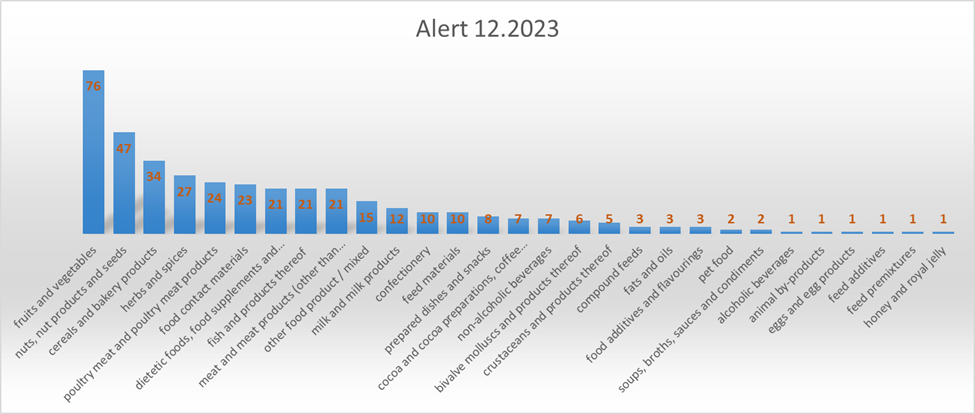On June 19, 2025 Japan's Consumer Affairs Agency (CAA) released an amendment to the Maximum Residue Limits (MRLs) for 3 pesticides: Fluazinam, Flupyrimin, Mandestrobin in certain food products. The amendment will be implemented immediately upon publication. However, certain food products will be implemented one year after publication. The change is as follows:
- MRLs in food have been Immediate revised for the following 3 substances: Fluazinam, Flupyrimin, Mandestrobin.
For example for detail the change implemented immediately in the table below:
|
Active Pesticides |
Food |
After (ppm) |
Before (ppm) |
|
Fluazinam
|
Garlic |
0.2 |
0.01 |
|
Mango |
0.5 |
0.01 |
|
|
Tea |
9 |
6 |
|
|
Honey |
0.05 |
0.01 |
|
|
Flupyrimin |
Rice |
1 |
0.7 |
|
Mandestrobin |
Grape |
20 |
10 |
|
Other herbs |
70 |
40 |
|
|
Seafood |
0.02 |
0.01 |
Foods to which residue limits will apply one year after publication:
- Fluazinam: Adzuki beans, yams (Japanese yams), daikon radish (including radishes) roots, burdock, lettuce (including salad greens and chisha), onions, green onions (including leeks), whole Natsumikan fruit, lemons, oranges (including navel oranges), grapefruit, limes, other citrus fruits, Japanese pears, Western pears, and plums.
- Mandestrobin: Tomato, cucumber (including Gherkin), and tea.
For example for detail the change implemented immediately in the table below:
|
Active Pesticides |
Food |
After (ppm) |
Before (ppm) |
|
Fluazinam |
Azuki beans |
0.05 |
0.1 |
|
Onion |
0.1 |
0.2 |
|
|
Lemon |
2 |
5 |
|
|
Grapefruit |
3 |
5 |
|
|
Mandestrobin |
Tomato |
5 |
10 |
|
Cucumber (including Gherkin) |
1 |
2 |
|
|
Tea |
30 |
40 |
For details see attached link: https://www.caa.go.jp/policies/policy/standards_evaluation/pesticide_residues/notice/assets/standards_cms208_250619_01.pdf


